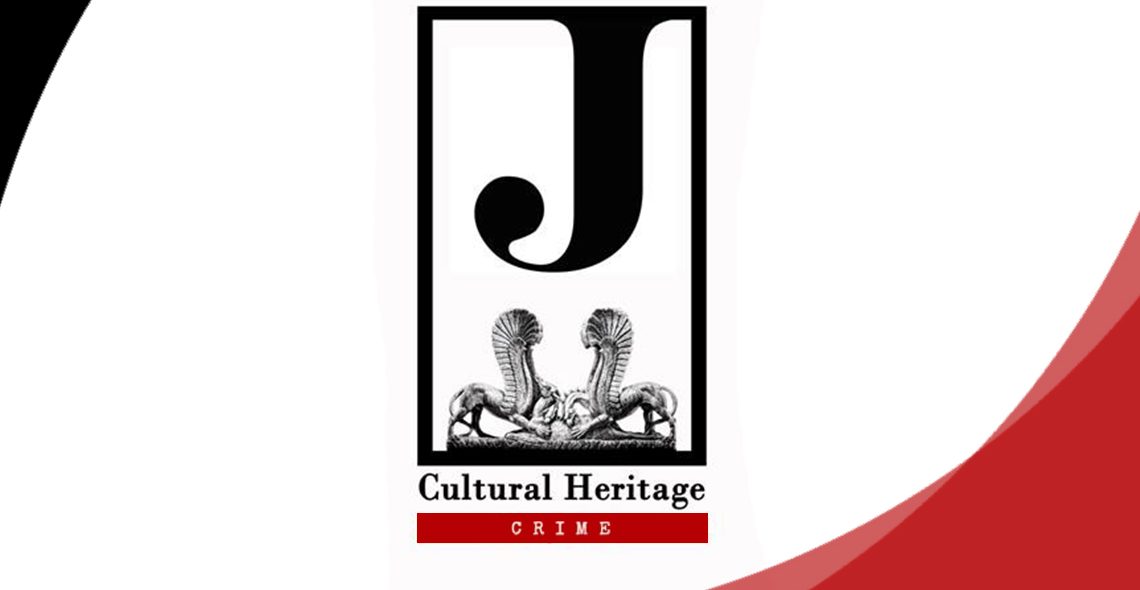Francisco Romeo Marugan (Head of section of Prevention of Cultural Heritage, Aragón, Spain), Francisco Javier Matas (expert in metal detectors, Asociación Española para la Defensa de la Detección Metálica) and The Journal of Cultural Heritage Crime propose a special paper dedicated to metal detectors. The article explains that identifying tools and processes used by detectorists can contribute to characterize offences, collect evidence (for instance, to prove the involvement of organised gangs), detect biological samples, and further minor data. In other words, such observations can directly support the investigation.
The paper provides the reader with some reminders on the restricted use of metal detectors in the academic framework, for scientific purposes. Then a typological survey of the modus operandi and damages (aspect, depth of the holes, including the distinction to be made between anthropic and natural ones) is proposed, as well as potential conclusions to be drawn from their observations. Pictures are included so that the types are illustrated. Then, the functioning principles of metal detectors are exposed in details, including working frequencies, still with the support of relevant pictures. The different types of devices are described (adjustments to the ground, to the depth and to sensitivity, capability to distinguish one metal from another and so), as well as the practical consequences in terms of damages to the sites.
This paper reminds how far methodologies from the field can support the work done by the actors of the fight against cultural heritage looting and trafficking. This time again, researchers demonstrate that the benefits of archaeological methods are potentially far broader than expected…

